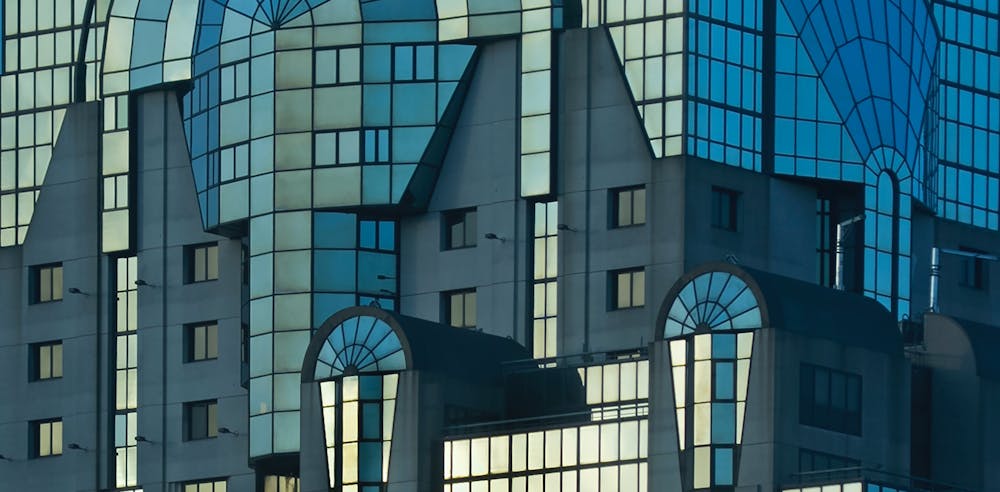Related Articles
What was the first film to be shown digitally?
The first film to have been screened digitally was George Lucas’ Star Wars Episode 1: The Phantom Menace on June 18, 1999 in the United States. In 1999, Dil Se was the first film to be screened digitally in India.
30 Jul 22
Which was the first theater to be built in India?
The first movie theater to be built in India was Chaplin Cinema, also known as Elphinstone Picture Palace. Chaplin Cinema was built in 1907 by Jamshedji Framji Madan. The palace was later named “Minerva” and was a popular theatre for screening Hollywood films.
30 Jul 22
How expensive is shooting on film?
A 400 foot roll of 35mm Kodak film, which accounts for 4 minutes of footage, costs upto Rs. 16,000. For a 2 hour film, with retakes, the film roll itself will cost you Rs. 50 lakhs. Distributing the film will cost another 5 lakhs therefore, to simply create footage and distribute it you would spend Rs. 55 lakhs.
30 Jul 22

